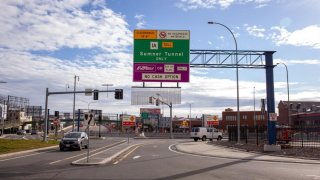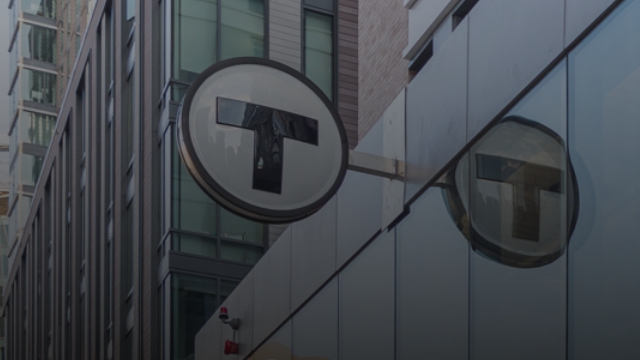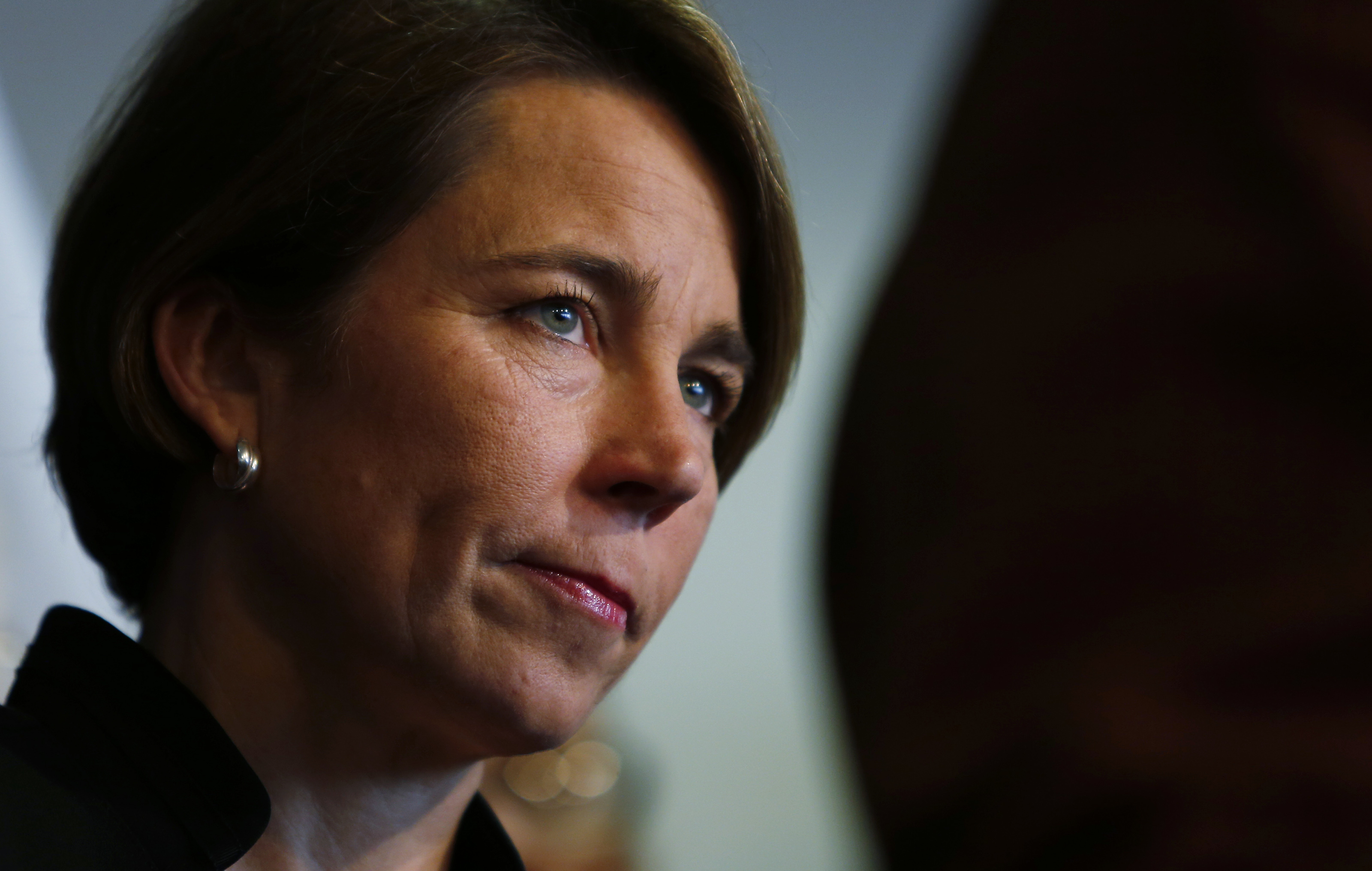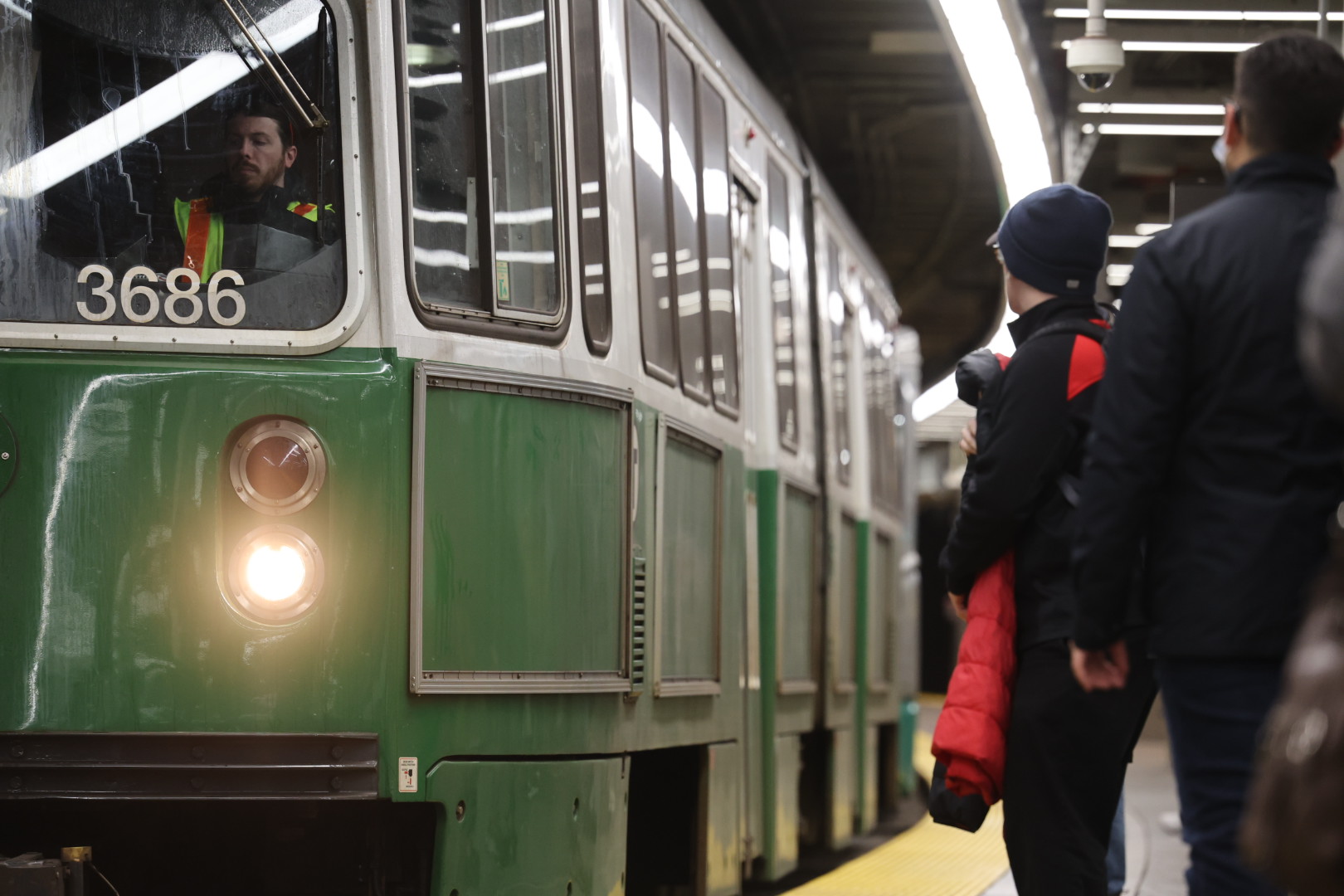
State transportation officials are eyeing free and reduced MBTA fares for some riders among a suite of strategies to cushion the traffic blows from an impending two-month Sumner Tunnel shutdown.
Final preparations are underway for the closure of the 88-year-old tunnel that carries motorists one way from East Boston to the city's downtown hub. The thoroughfare will shutter from July 5 through Aug. 31, and then again in July and August 2024.
WATCH ANYTIME FOR FREE
Stream NBC10 Boston news for free, 24/7, wherever you are. |
Highway Administrator Jonathan Gulliver said Thursday that the state is "leaving no stone unturned" to minimize the impacts of what looms as the summer's most significant infrastructure project.
Mitigation strategies he outlined in a presentation to the Department of Transportation board include offering free MBTA monthly passes in July and August for riders registered in the East Boston Resident Discount Program and for some residents of Revere and Winthrop, all of which will be especially affected by the shutdown.
Get updates on what's happening in Boston to your inbox. Sign up for our News Headlines newsletter.
Gulliver said the T will also offer commuter rail service to and from Salem and Swampscott at lower costs, charging Zone 1A fares -- $2.40 one way -- rather than the $8 per trip Zone 3 fares that typically apply to both stations, which are in North Shore communities where motorists could make regular use of the Sumner Tunnel for their trips into Boston.
Other options mentioned in Gulliver's presentation include reduced-price $2 per day parking at the Blue Line's Wonderland station and additional parking near the Wood Island T stop. The hiccup there is the Blue Line has been plagued with slow service, a problem T officials are trying to rectify.
"Something that we are really targeting is that we want to make sure that drivers get out of their cars. There's only a number of routes that you can go here," Gulliver said, forecasting "roughly a 50-50 split" of traditional Sumner commuters to the Ted Williams Tunnel and the Tobin Bridge.
Gulliver said the goal is to push motorists who have multiple commuting options onto the T and save limited space on roadway detours "for those people who just don't have the opportunity to take transit."
More on the MBTA
MBTA service has been plagued by reliability problems and slower speeds, but Gulliver voiced some optimism that conditions will improve before the Sumner Tunnel closure begins in July.
The T shuttered the Blue Line early on four nights this week and will do so again Monday through Thursday next week, part of a repair campaign that MBTA General Manager Phil Eng estimates will reduce the share of the line where trains cannot safely run at maximum speeds from 44 percent now to 28 percent by the end of May. Eng said he expects the entire Blue Line will be able to return to full speed by November.
"We've been speaking with the GM, with his team. We're confident that the majority of those [slow zones] are going to be taken out before this project starts," Gulliver said on Thursday. "They might have a few remaining, I think as you heard the GM's comments a couple of weeks ago, going into November before 100 percent of them are gone. But we believe that the vast majority of them and the ones that cause the biggest problems are going to be removed by the time the Sumner Tunnel [closure] starts up."
Drivers registered in a state toll discount program will receive discounts on the levies charged in the Ted Williams Tunnel and on the Tobin Bridge, and the state also plans to install real-time traffic management systems to help travelers understand the best option at any given time, according to Gulliver's presentation.
"If you are somebody who is driving a passenger car, we're doing a number of things, too, to make sure that your commute is the least problematic that it can be. There's no way to avoid the congestion that's going to happen with this, but we'll be working to give you other opportunities," Gulliver said.
MassDOT originally planned to close the east-to-west tunnel under Boston Harbor for four straight months, but in February bifurcated the timeline into a two-month shutdown this year and another next year. Officials believe the change will concentrate the disruption during summertime months when schools are closed and traffic volumes are comparably lower.
The tunnel, which opened to motorists in June 1934, has substantial and growing maintenance needs. Gulliver said the work will involve completely removing flat ceiling panels and roadways to repair tunnel arches above and below them, steps that cannot take place with only a partial closure.
With the full closure's start about 10 weeks away, MassDOT is setting up billboards to inform travelers and is also preparing a larger advertising flurry that Gulliver said would involve "certainly some radio spots and some TV spots as well."
"We're doing things like visiting Little League games around East Boston and the North End. We're working with the community to come to events and making sure that everybody is aware of it," Gulliver said. "But getting to commuters is a big challenge."




